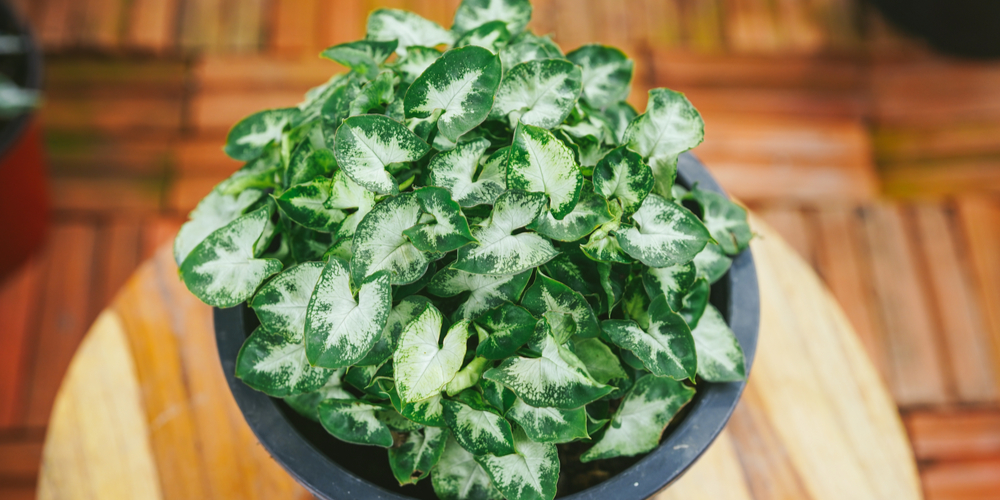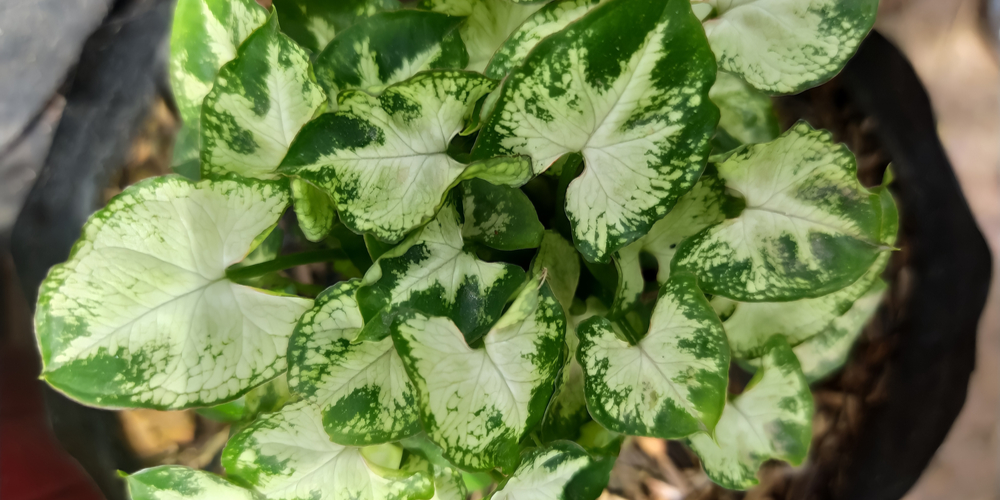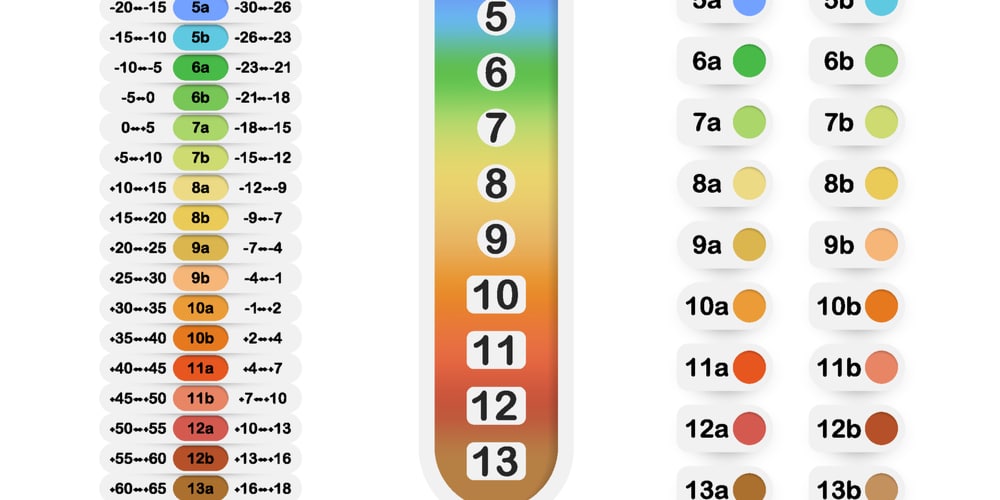Syngonium Pixie is a cute, little houseplant that has become very popular with homeowners today. This petite houseplant is perfect for windowsills, office desks, bedside tables, and also looks good in the car’s cup-holders. It has a bright patterning which gives it a stylish and unique appearance.
Syngonium Pixie is a semi-tropical plant popularly known as butterfly or arrowhead plant, and it has low maintenance. The plant is interestingly versatile and it comes in a variety of colors and attractive foliage that changes in shape as the leaves mature. The attractive-dwarf plant has signature arrow-shaped leaves, and the plant is generally compact, small, and fabulous in appearance. It is suitable for growth in terrains and small spaces at home and in the office.
How to care for Syngonium Pixie plants?
Syngonium Pixie is a plant that is easy to care for with the right growing conditions. It tolerates low-light conditions and can grow virtually at any place at home. This plant’s leaves have a variety of patterning and colors so you have an option of growing that which best fits your style and personality. It is an elegant houseplant that can be grown as a compact plant with a bushy appearance, or as a tall moss stick. If need be, grow different types of these house plants in one container.
Sunlight
The plant requires filtered or bright indirect light for proper growth, but it can still survive in low light conditions. When growing Syngonium pixie, keep the plant in a semi-shaded location preferably near a window but away from direct sunlight. The plant thrives in medium to high levels of light as direct sunlight causes the leaves to burn. The creamy white parts of the leaves cannot photosynthesize, unlike the green parts. The plant is likely to struggle in shady conditions when it has abundant variegation.
To guarantee optimal results, grow the plant in a room with south-facing windows by the balcony. Syngonium Pixie is a versatile plant that does well in most lighting conditions and thrives in bright and indirect light. If exposed to low light settings, it may show some variation or vibrancy. The plant is appropriate for shady gardens on the balcony or in indoor gardens with low light exposure.
Watering
This plant requires regular and even moisture depending on the location of growth. When growing in a pot, it should have a drainage hole and be watered thoroughly with an allowance to dry out. You know it’s time to water again when the leaves start curling. When growing in a terrarium, the plant needs to be paired with other plants that appreciate moisture to ensure they are moist and not saturated.
The plant requires watering twice or thrice a week, with allowance to dry out between the watering schedules. It’s advisable to allow the top quarter-inch to dry up before watering again. The potting mix should be moist during summer to let the surface dry out, and the plant requires less watering in winter. Despite them being extremely tolerant to low light, these plants thrive better and keep their vibrant coloring and markings when grown in bright indirect or medium light. You can also grow the plant under man-made light sources if your house has a light challenge.
Pruning
Pruning the Syngonium pixie allows you to remain with only the juvenile leaves, but you can decide to let the plant reach maturity and climb up support sticks. The plants are initially very compact and adorable indoor plants. As they mature, they spread out and extend in every direction. As the name arrowhead vines suggest, these prolific plants need to be pruned and tamed to allow them to become fuller.
Humidity
The Syngonium pixie is a native rainforest plant that thrives well in areas with warm humidity and closed terrarium environs. As much as humidity doesn’t affect the growing plant a lot, it thrives better in most household conditions. The plant requires a controlled temperature of at least 60�F for better growth. For best results, the plant needs even moistening, and they thrive in high humidity, they do well in terrariums as they like warmth and humidity. These plants thrive in most household temperatures of between 60-80℉, but aren’t best for temps below 50℉. Household humilities of 40-50% are perfect, but they do best in humidities over 60%. All in all, keep the plant away from draught as this creates very undesirable fluctuations in the temperatures.
USDA Climate Zones (what climate USDA Climate Zones will allow growth)
This plant thrives best outdoors, in most locations in the US. It is viable in USDA hardiness zones of 10 through 12 and is a year-round houseplant. It is most recommended for novice gardeners as it does well if left relatively alone so you don’t have to tend to it every other time. The plant has lovely variegated foliage and it grows in native areas from Mexico, Bolivia, and Brazil, and US Department of Agriculture hardiness zones 10 to 12.
Fertilizer
For best growth, the Syngonium pixie should be fertilized every 2 weeks except in winter seasons, when the fertilization is monthly. The house plant fertilizer needs to be diluted to equal half the usual strength. The plants are ideal for plant lovers with minimal little plant care experience, and they can stay a long time with no fertilizer. Arrowhead vines need fertilizing during their growing seasons or use slow-release fertilizers or compost during early spring. When the plant is growing actively, it’s advisable to apply liquid fertilizer every 15 days.
Soil type
The Syngonium pixie plant does well in a variety of growth mediums and substrates. The soil should have good water retention and drainage properties to ensure the plant has regular and steady access to moisture. This greatly minimizes the chances of root rot.
Propagation
In essence, these plants are easy to propagate from their stem cuttings. For best results, use a stem cutting that already has some leaves and one with a viable root node. The plant should be placed in water for some weeks to allow the development of its root system.


